13 IoT Statistics Defining the Future of Internet of Things
The Internet of Things (IoT) is the use of network sensors in physical devices to allow for remote monitoring and control. This technology has gained...
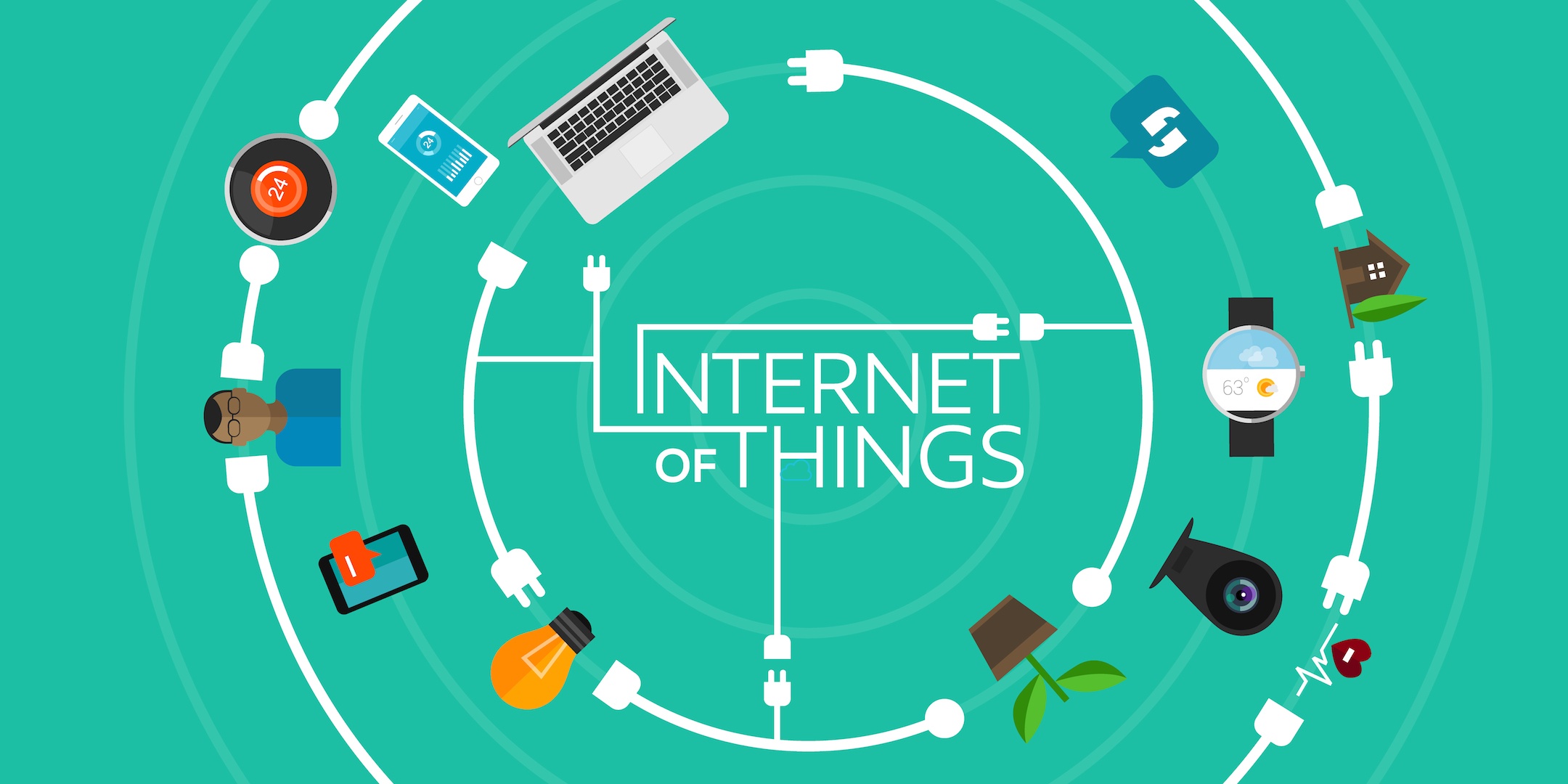
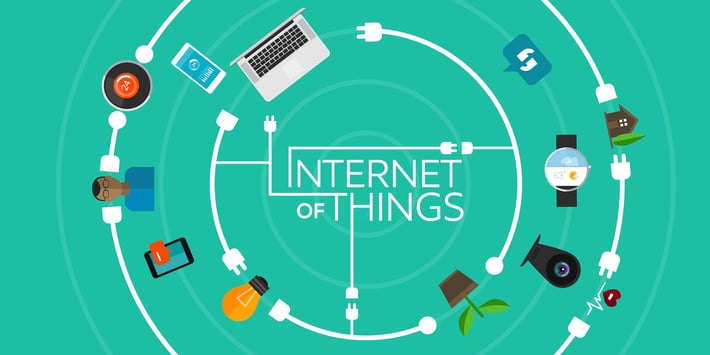
Internet of things is taking its place in every industry. In some way or the other, every industry can be benefitted by using IoT in their work. The speed at which IoT is scaling is massive and so is the likely impact. According to Gartner, by 2020, there will be nearly 20 billion IoT devices and IoT product and service suppliers will generate $300 billion plus in revenue. The idea behind enabling IoT can range from improving operational efficiency to defining completely new lines of business. With such potential also comes complexity. Even though there is a lot of hype around IoT very few players are actually able to define a successful IoT strategy. Complex algorithms, huge amount of data, considerable capital investment and confusion on the usage are all making it difficult to define a working IoT strategy. What makes it even more difficult is the lack of talented human resources like programmers, security experts, data analysts etc. Though not everything can be solved, a proper overall strategy can ease the pain. We have created a 5 step framework so that you can easily come up with a working IoT Strategy.
Do you there is something bigger and more powerful than IoT?
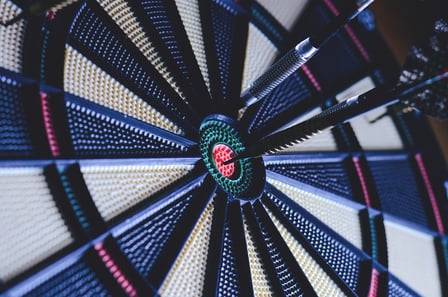
Without focusing at all on the market hype the first thing you need to do is figure out your key objectives. Understand what your final target is and how do you aim to achieve it. Whether you want to start a new line of business, compete with the present companies, simplify your operations or just want to explore - it is your call. Your key business objective is more important than any other market news. The first and foremost thing to do is to create your objectives based on the overall company’s mission and vision.
What resources do you have and how do you plan on using them. With resources, we mean capital, current infrastructure, management personnel, software developers, data scientists etc. From the resources you have at your disposal you will need to decide the level at which you want to leverage the IoT technology. Currently, there are three level of players in the market:
a.) Enablers:
These are the companies that develop the underlying technology. They form the base for others to easily use IoT solutions. For example Google, IBM, Cisco etc.
b.) Engagers:
Engagers design, create, integrate and deliver IoT services. These are players that can make usable services for others to scale on. For example Nest Learning Thermostat, Tagg, Moj.io, Sensity etc.
c.) Enhancer:
Enhancers build their own value-added services, by using the services provided by Engagers as the base. These services are unique to the Internet of Things (such as OnFarm and Progressive PGR Snapshot).
The outcome should be decided before implementing any ideas. The new IoT solutions should focus on specific outcomes than thoughts. An IoT solution can deliver a lot of insights into consumer psychology, buying behavior and product usability but that data is not an outcome. What insights you gather from the data are also not an outcome. The real outcome is how you go about using that data and increase revenue and consumer satisfaction. The end focus should be to gather key analytics and analyze those to improve decision making. IoT solutions can only be successful if the focus is on value and not on jargon.
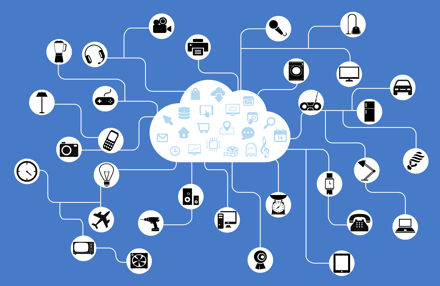
The cost involved in integrating different solutions is massive. It is important that you choose your platform wisely. There are many big to mid size companies that can provide IoT solutions but not all are agile enough to handle change of plans. Different IoT solutions focus on different functional areas like billing, application development, Geo targeting or device management. While choosing an IoT solution make sure you focus more on agility and core offerings and make an informed decision. This also includes the language you will use to program and the key APIs you want to trigger because not all languages are supported by each platform.
With the application of IoT comes a lot of data. This Big Data needs to organized, managed and analyzed to generate useful insights. Not just this huge amount of data needs to be analyzed it also needs to be protected. Cyber crime is always a threat to any data on the internet and the type of data that is available raises the concerns even higher. IoT can fetch data related to personal information, health, and other sensitive information. It is crucial that steps are taken to prevent security breaches from the very beginning.
There it is a 5 steps approach to develop a successful IoT strategy that can empower your digital initiatives. IoT has a lot of potential and companies leveraging it can benefit from it for both increasing operational efficiency and improve decision making. If you want to know more about IoT and creating an effective IoT strategy than you can refer to more of our blogs:
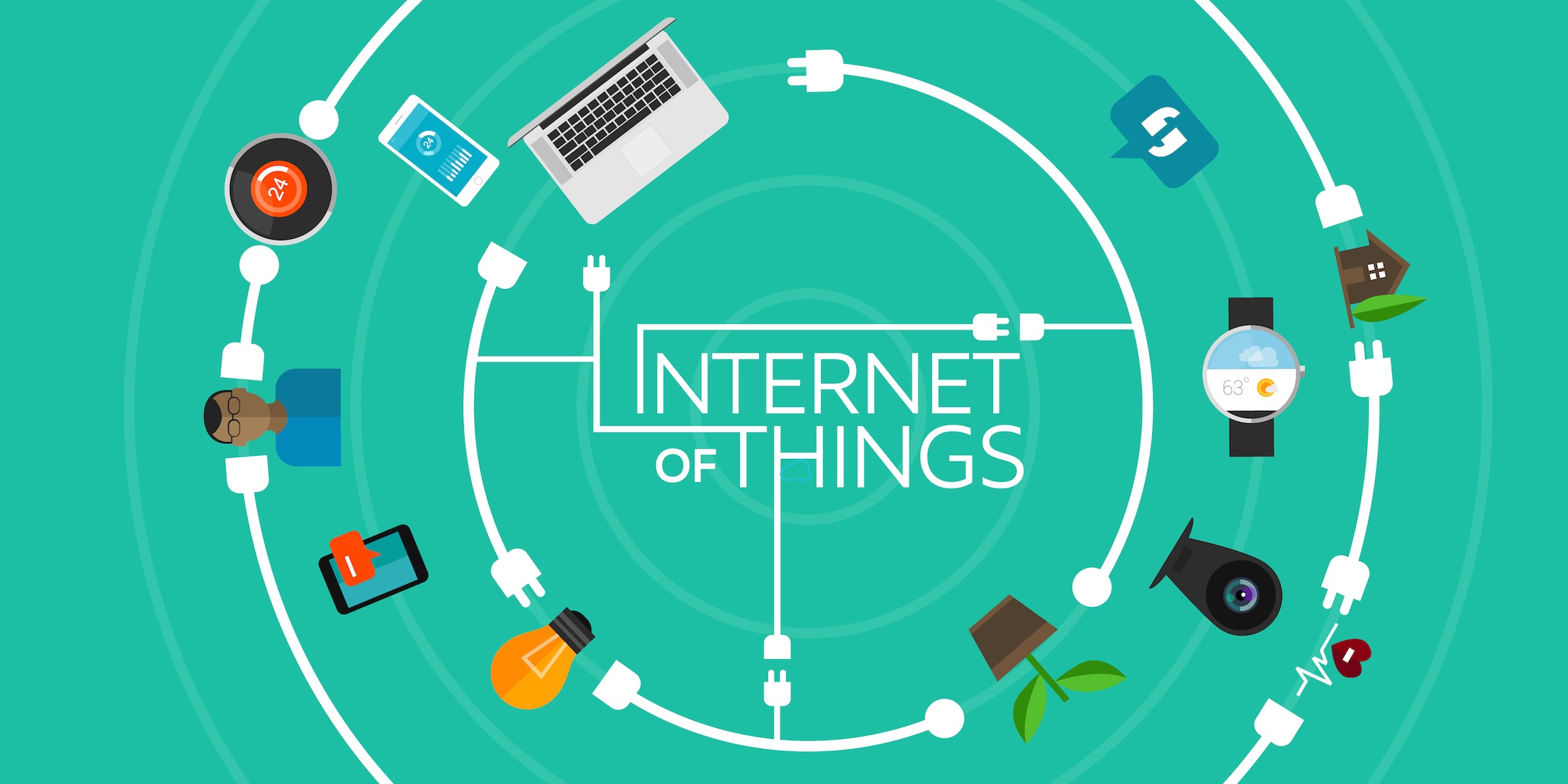
The Internet of Things (IoT) is the use of network sensors in physical devices to allow for remote monitoring and control. This technology has gained...
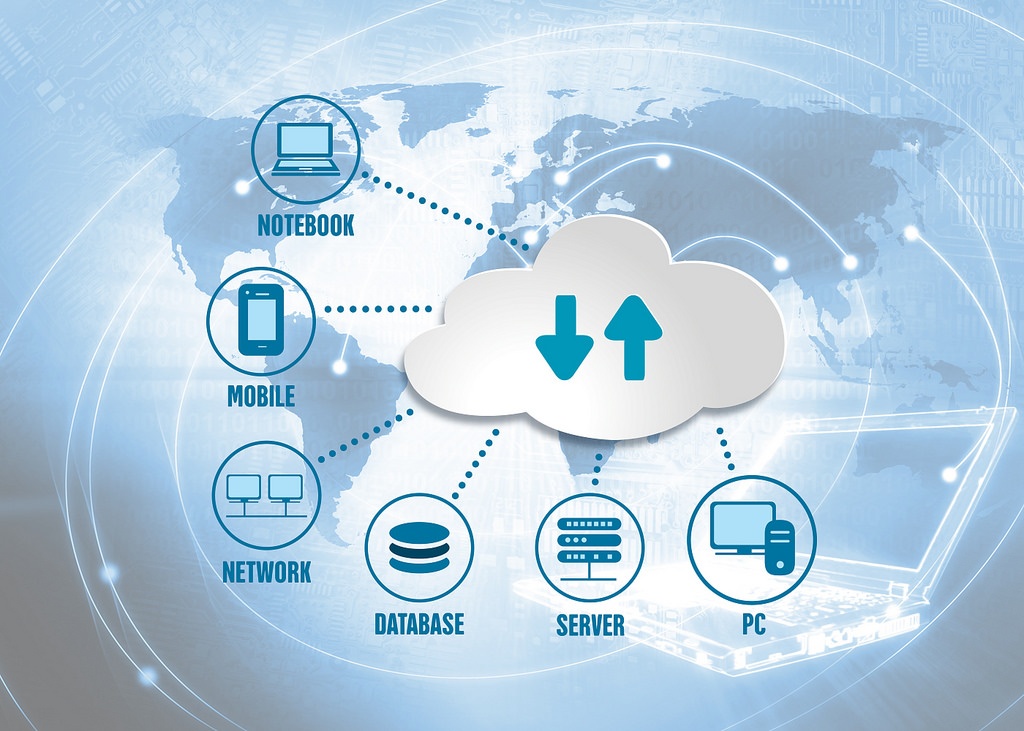
Business phase in the world is gradually changing, and so is technology. Nowadays, technology is being used extensively in various sectors like...